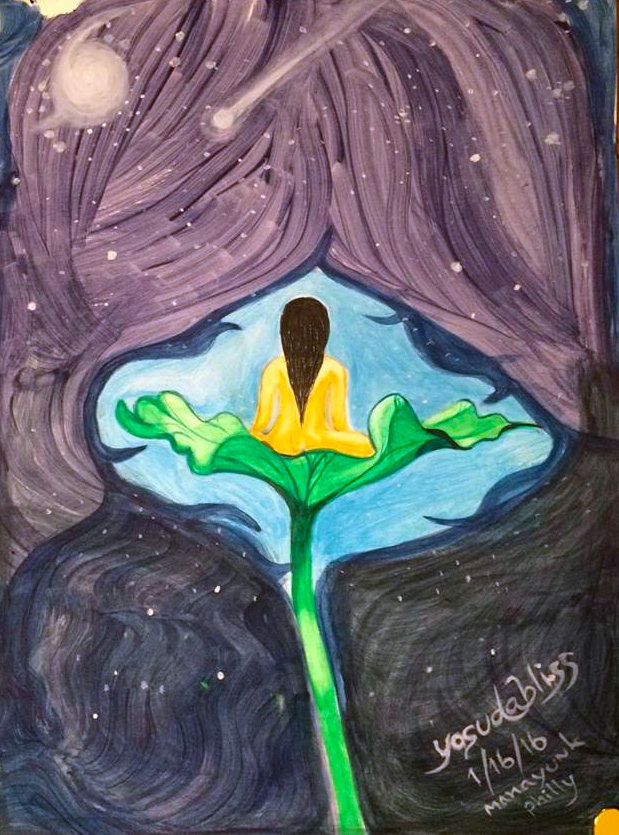
Many hear the word “yoga” and think of people who do specific, unique positions which are called “Asana” or “postures”.
Asana is one of the basic techniques of yoga philosophy. It has a few meanings. An ancient root word of “Asa” means “Sitting pose” or “a Seat”. The meaning of Asana that I often use is “special patterns of postures that stabilize the mind and the body through static stretching.” Some are done only using your body, while others require equipment.
From Yoga Sutra, a definition of “Asana” is “Sthira Sukham Asanam”
Sthira: Steady, firm, compact, strong, static, resolute, steadfast and courageous.
Sukham: Relaxed, happy, comfortable, joyful, gentle, mild, and delightful
Asanum: Posture, the act of sitting down, abiding, dwelling, inhabiting and being present.
Many books on yoga refer to Asana as “stable in your primary state”. The meaning I like most is the meaning from the old traditional way: “the way to withdraw from external triggers and move back into your inner body and mind or have the ability to set a neutral mind ”. When the body is stable, the mind is steady and clear.
For the everyday yoga practictioner, asana provides by developing our mind’s ability to focus on body feelings and the thoughts that arises as a result. If we attempt to practice asana and our body is stable but our mind still wanders and worries about the past and future, we lose the present moment and body awareness. Clearly, this would not be asana.
In my experience working for a mindfulness recovery center, I have found that usually two types of clients have joined my program. One type has a lot of energy and tends to be hyperactive, has difficulty sitting still, fidgets, and lacks focus. They appear to be somewhat careless, show impatience, move and talk fast. The other type has a style quite the opposite – they don’t like to move much, tend to sit still and quietly, speak less, and move slowly. They may be introverted and lack energy. Both types are out of balance.
For both types, their emotions and minds are inconsistent, which can lead to an unstable body and movement. Mind and body state are misaligned. Both types have stress and difficulty dealing with emotions. This may be expressed as being nervous, anxious, sleepless and/or depressed. Relationship problems and sickness can arise. Their body may become weakened, exhausted and enervated. Chronic pain or eating disorders may result. Some may overexercise or turn to drugs or substance abuse.
Yoga asana, meditation and many kinds of mindfulness activities are the main program that our members need to practice in their daily routine. Appropriate asana practice will bring focus, stability and balance into the body and mind, provide the ability to be aware of actions, and create a healthier life.
For those who practice yoga asana and experience a plateau of improvement in their alignment, stability or flexibility, they will learn to ask healthy questions and evaluate their own advancements to continue learning from their own lives.
Practicing yoga is not limited to the yoga mat. We can always adapt yoga theory to be mindful of body movement and posture. We will learn to create stability in our daily lives, and find balance and comfort, without putting too much pressure or stress on the body.
Let’s bring mindfulness and gentleness into your life. Whenever you notice yourself beginning to feel restless, distressed, worried or anxious, pull back your thoughts to your body awareness. Take a deep breath, set your body stable and get comfortable, then remain in the moment. When you feel calm, peaceful, relaxed and you see reality clearly, you have successfully achieved what we call “being grounded” in yoga practice. #mindfulnessyoga #mindfulnessyogaphilly #empathyphilly#compassiontedphilly #mindfulnessmanayunk #yogamanayunk #yosuda, #peacefulmanayunk, #peacefulphilly